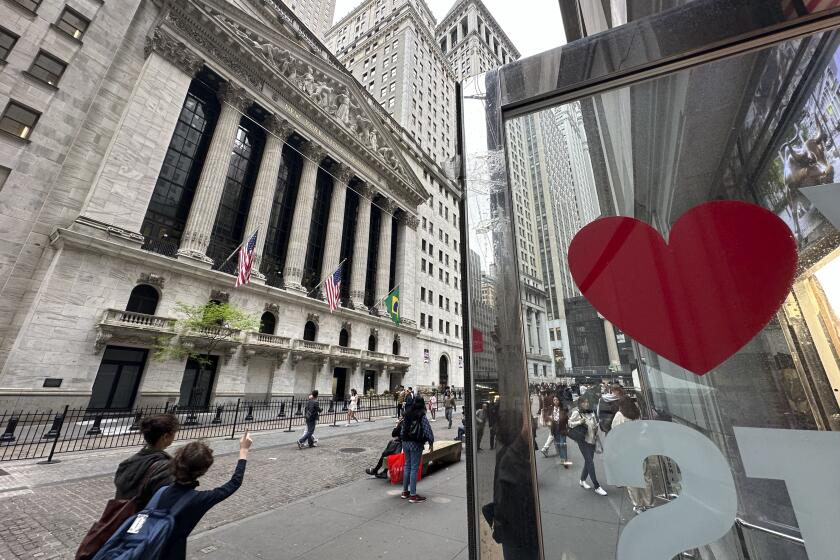Actively managed ETFs approved
Regulators on Wednesday gave broad approval to the first exchange-traded funds that would be actively managed instead of being tied to a stock or bond index.
Since their introduction in 1993, ETFs have grown increasingly popular by offering greater flexibility than traditional mutual funds and, for some investors, lower costs.
So-called actively managed ETFs could appeal to investors if they offer some of the same benefits, experts say.
“It’s a milestone,” said James Pacetti, president of consulting firm ETF International Associates Inc. in New York. “It’s the next step in the evolution of the ETF business.”
Shares of an ETF trade throughout the day like stock at constantly shifting prices determined by supply and demand.
By contrast, shares of a traditional mutual fund are bought from and sold to fund management companies at a price set once a day based on the value of the fund’s holdings.
Because of their different structure, ETFs tend to have lower operating expenses than traditional funds because fund companies don’t have to incur the costs of tracking the holdings and transactions of individual shareholders. That can be a big plus for buy-and-hold investors. And because ETFs trade throughout the day, they also can be attractive to investors inclined to make short-term trades.
There are 695 ETFs with assets of almost $585 billion, up from 130 funds with $102 billion in 2002, according to fund tracker Morningstar Inc. Traditional stock and bond mutual funds hold $8.9 trillion in assets, according to the Investment Company Institute, a trade group.
Actively managed ETFs still face major obstacles to achieving critical mass and it will take time for them to catch on with individual investors.
Despite the action by the Securities and Exchange Commission on Wednesday, actively managed ETFs still face regulatory hurdles, primarily centering on how much information they need to disclose about the securities they own.
A key question is whether leading fund companies would offer lower-cost ETF versions of popular actively managed mutual funds.
“I don’t think the mutual fund companies have the stomach for the fee reductions,” said Bruce Lavine, president of ETF provider WisdomTree Investments.
Nevertheless, index-based ETFs have proven to be far more popular than originally projected, and the same could happen with the new ETFs if fund companies compete to draw investors.
“It could be a big positive for the average investor,” said Tom Lydon, founder of ETFtrends.com in Newport Beach.
The SEC gave preliminary approval for PowerShares Capital Management to create three actively managed stock ETFs and one bond ETF.
The commission is expected in coming days to give similar approval to offerings from three other companies -- WisdomTree, Bear Stearns Cos. and Barclays Global Investors.
Two of the stock funds would limit themselves to three trades a week, all on the final day of the week. The first would hold about 50 Nasdaq-listed stocks and the other would hold about 50 S&P; 500 stocks.
The third stock fund, which would invest in the very largest companies, would trade any day in any amount.
As with regular mutual funds, actively managed ETFs are likely to have higher operating expenses than index-based ETFs. But actively managed ETFs could gain a following if they are cheaper than actively managed traditional mutual funds.
“It’s hard to imagine investors are going to flock en masse to those offerings,” said Morningstar analyst Jeff Ptak. “But if you have a bunch of compelling actively managed ETFs with strong track records, there’s no reason to think investors wouldn’t put their money there as long as they’re cheap enough.”






